“Stainless steel is a corrosion-resistant, durable, and robust material, but it is heavier and costlier. Meanwhile, aluminium is lighter, more affordable, and easier to machine but less strong and more prone to corrosion.”
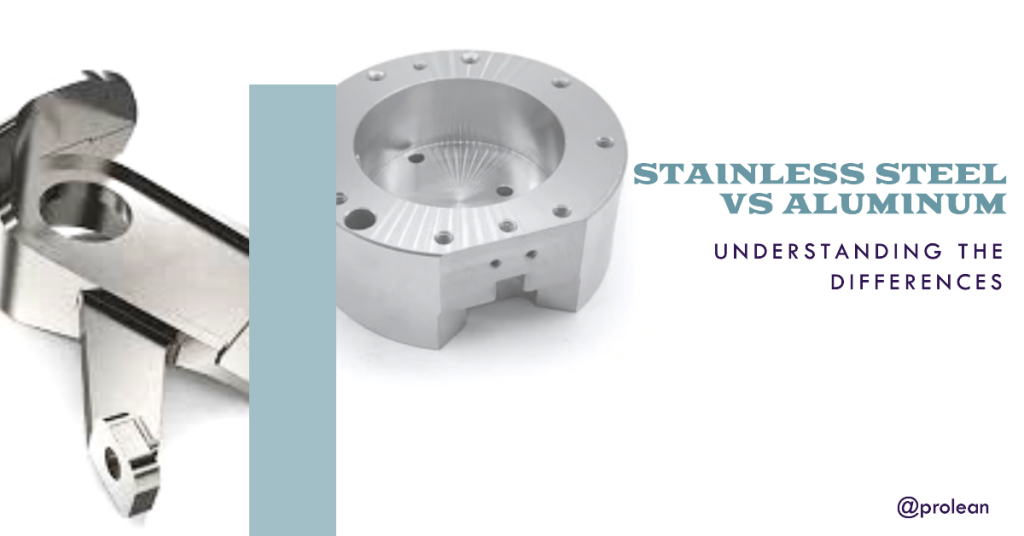
Stainless steel and aluminum are among the two most popular manufacturing materials in engineering. Their physical and mechanical properties make them suitable for diverse manufacturing applications. Additionally, both are very compatible with multiple manufacturing methods, such as machining, casting, sheet metal fabrication, etc. However, there are several differences between Stainless steel Vs Aluminum, from their properties, applications, cost, and other factors.
If you are interested in this comparison, be till the end. We will discuss the differences between them in detail.
What is Stainless Steel?
All steels are made by adding other elements to the iron material, such as nickel, chromium, carbon, and sulfur. Stainless steel has an alloy composition of iron, with chromium 10.5% or above, less than 30% nickel, and other metals like molybdenum in some cases. The chromium content in stainless steel is vital in its corrosion-resistance property; it forms a refractory oxide protective layer on the surface to isolate the free irons from environmental oxygen. This material comes in Stainless Steel Sheets , bars, blocks, and other forms.
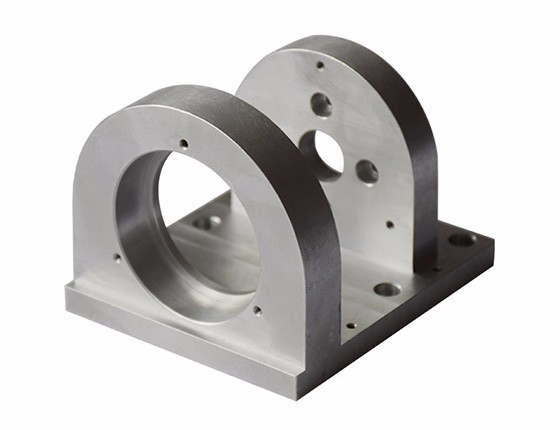
Stainless steel CNC milling part
Moreover, the alternation in the composition of chromium, nickel, and other alloying items results in different stainless steel grades with unique physical and mechanical properties.
The following table shows the common categories of stainless steel, their composition, included grade, and other characteristics.
Table: Stainless Steel Categories and Grades
| Steel Category | Composition (wt%) | Hardenable | Ferromagnetism | Grades |
| Martensitic | C: >0.10, Cr: 11-14, Ni: 0-1, Mo: 0-2, Others: V | Yes | Magnetic | 410, 420, 431 |
| C: >0.17, Cr: 16-18, Ni: 0-1, Mo: 0-2, Others: V | Yes | Magnetic | 440C, 403, 414 | |
| Martensitic-Austenitic | C: <0.10, Cr: 12-18, Ni: 4-6, Mo: 1-2 | Yes | Magnetic | 630 (17-4 PH), 2205 |
| Precipitation Hardening | C: -, Cr: 15-17, Ni: 7-8, Mo: 0-2, Others: Al, Cu, Ti, Nb | Yes | Magnetic | 17-4 PH, 15-5 PH |
| C: -, Cr: 12-17, Ni: 4-8, Mo: 0-2, Others: Al, Cu, Ti, Nb | Yes | Magnetic | 13-8 Mo, PH 13-8 Mo | |
| Ferritic | C: <0.12, Cr: 10.5-27, Ni: 0-1, Mo: 0-4, Others: Nb, Ti | No | Magnetic | 409, 430, 439 |
| Austenitic | C: <0.10, Cr: 16-26, Ni: 6-22, Mo: 0-7, Others: N, Mn | No | Non-magnetic | 304, 316, 310S |
| Duplex | C: <0.03, Cr: 18-28, Ni: 4.5-8, Mo: 1-4, Others: N | No | Magnetic | 2205, 2507, 2101 |
Understanding the pros & cons of each metal is essential to compare Stainless Steel vs Aluminum. So, let’s objectively point out the advantages of stainless steel first;
Advantages of Stainless Steel
Shiny Silver Finish
Stainless steel looks shiny and silver-like. Machined or manufactured parts can be finished with techniques like grinding or polishing to customise the appearance for a selective mirror finish.
Corrosion & Wear Resistance
One of the main reasons behind stainless steel’s popularity is its corrosion and wear resistance advantages. The chromium and molybdenum composition significantly enhances this ability. Stainless steel 316 is known as a highly corrosion-resistant grade. Furthermore, the increased hardness and strength contribute to wear resistance. In fact, it is more resistant than other steel, Alloy vs Stainless Steel, tool steel, and carbon steel.
Impact Resistance
Among various excellent mechanical properties, high tensile strength is one. Stainless steel withstands heavy loads, high pressures, and extreme temperatures. Thus, they can be used in structural applications and high-stress environments.
Hygiene and Cleanliness
The non-porous nature of stainless steel alloys makes them easy to clean, preventing bacterial growth and contamination. That’s why they are preferred in applications where hygiene is crucial, such as food processing, pharmaceutical, and medical.
Disadvantages of Stainless Steel
- The low thermal conductivity can harden quickly during machining, which increases tool wear.
- Stainless steel is more suitable for chloride cracking, dents, and pits.
- The lower thermal conductivity restricts its use in some thermal applications like heat sinks or other heat dissipation products.
- It is heavier than other metals, especially when comparing stainless steel vs aluminium.
Try Prolean Now!
What is Aluminum?
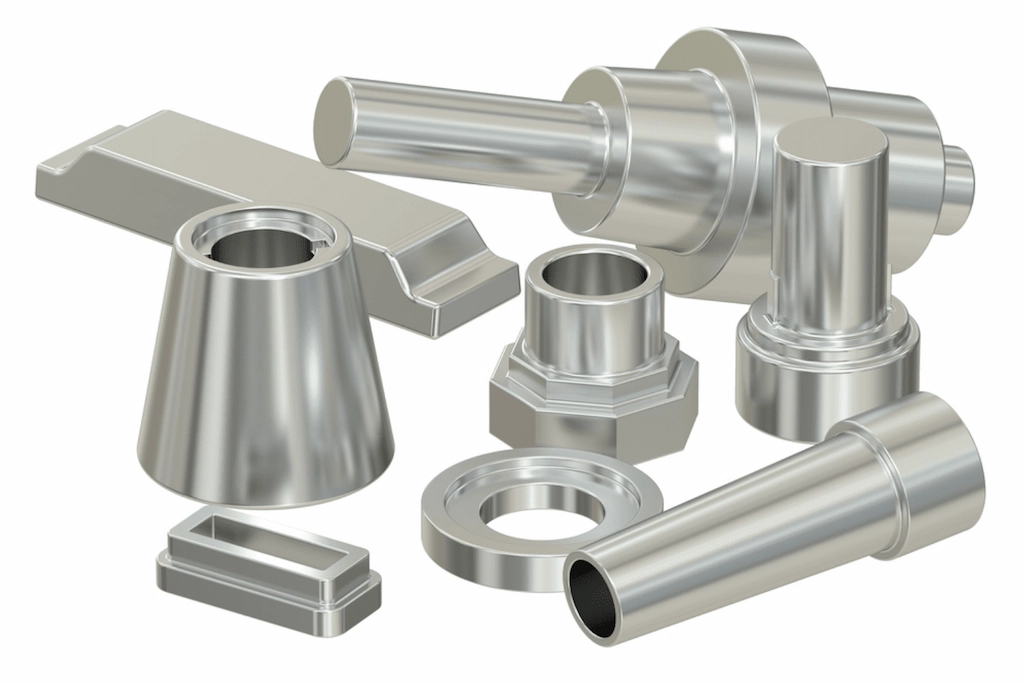
CNC-machined aluminum parts
Aluminum is the most abundant metal on earth, and you can predict how vast the uses of this metal are in modern-day manufacturing. Not only the availability, the high strength-to-weight ratio, corrosion resistance, mechanical strength, electrical & thermal conductivity, and capacity to create alloys with custom properties make it valuable in diverse applications.
The common alloying elements are copper, zinc, magnesium, and silicone. Adding copper improves the mechanical strength, magnesium further reduces the weight, and silicone is worth adding if the aluminum is going to be cast.
Table: Aluminum Alloys & Grades
| Series | Composition | Hardenable | Key Properties | Common Grades |
| 1xxx | Super-purity and commercial-purity aluminium | No | Excellent corrosion resistance, high electrical conductivity | 1100, 1050 |
| 3xxx | Al-Mn and AlMn-Mg alloys | No | Good corrosion resistance, moderate strength | 3003, 3105 |
| 5xxx | Al-Mg alloys | No | High strength, good corrosion resistance | 5052, 5083, 5754 |
| 8xxx | Miscellaneous alloys | No | Varies (specialized properties for specific applications) | 8011, 8090 |
| 2xxx | Al-Cu and AlCu-Mg alloys | Yes | High strength, good machinability | 2024, 2011 |
| 6xxx | Al-Mg-Si alloys | Yes | Good strength, good corrosion resistance | 6061, 6063 |
| 7xxx | Al-Zn-Mg and Al-Zn-Mg-Cu alloys | Yes | Very high strength, good fatigue resistance | 7075, 705 |
Furthermore, let’s objectively list the advantages of aluminum relative to stainless steel;
Advantages of Aluminum
Lightweight
One of aluminum’s main advantages is its lightweight; its specific weight is 2.71 g/cm3. The combination of higher strength and lightweight makes aluminium alloys valuable in automotive, aerospace, electronics, and other lightweight applications.
Flexibility with Manufacturing Processes
First, aluminium is excellently machineable for CNC and other technologies. Additionally, aluminium alloys are compatible with manufacturing processes such as die casting, forging, extrusion, and sheet metal techniques.
Thermal & Electrical Conductivity
Aluminium alloys have good thermal and electrical conductivity. As a result, they are widely used in thermal and electrical applications like heat sinks, electrical connectors, wiring, etc.
Pure Al, 1xx series;
- Thermal conductivity: 237 W m−1 K−1
- Electrical conductivity: 33.3 x 107 S/m.
Corrosion Resistance
Aluminium forms its oxides while interreacting with moisture, which prevents material degradation and improves the durability of parts & products. Furthermore, it is also a hygienic material by nature.
Disadvantages of Aluminum
- Aluminium’s cumulative strength is not as high as that of stainless steel so
- it can be wrapped, cracked, or scratched with high stress.
- Aluminium alloys are also costlier than other typical manufacturing materials.
- Welding aluminium parts or sheets is difficult and requires special equipment and tooling.
What Are the Differences Between Aluminum and Stainless Steel?
Now, it is time for a head-to-head comparison of aluminum vs stainless steel. Let’s compare these two materials in terms of their properties, machinability, cost, weldability, and other aspects.
- Strength & Weight
The strength of stainless steel materials is higher than that of aluminum alloys, but this comes with weight. Aluminum has lower strength but a higher strength-to-weight ratio than stainless steel. Consequently, stainless steel parts can operate in more harsh environments.
The table below illustrates the properties differences in stainless steel 316 vs aluminum 6061 ;
Table: Stainless Steel Vs Aluminum Properties
| Property | Aluminium | Stainless Steel |
| Grade | EN AW 6061 T4 | EN 1.4401 (316) |
| Material yield strength (N/mm²) | 110 | 220 |
| Young’s modulus (N/mm²) | 70,000 | 200,000 |
| Strain at fracture (%) | 12 | 45 |
| Thermal expansion coefficient (K⁻¹) | 23.2 × 10⁻⁶ | 16 × 10⁻⁶ |
| Thermal conductivity (W/mK) | 250 | 16 |
Courtesy: ResearchGate
- Corrosion Resistance
Stainless steel is relatively more remarkable in resisting corrosion and material degradation. The chromium content in stainless steel alloys develops the chromium oxide layer( Cr20 3), which shields the part from external environmental factors.
- Material Cost
Aluminium is cheaper than stainless steel. The alloying of elements like chromium and nickel in high amounts ( often 30+%) decreases the cost of stainless steel. On the other hand, aluminium’s cost advantage comes from its abundant availability and lower cost of raw materials and production processes.
- Thermal Conductivity
Generally, aluminium’s thermal conductivity is higher than that of stainless steel. However, stainless steel is more suitable if we analyse its uses in heat transfer or thermal applications. It can transfer heat through conduction and convection combined with the right finish arrangement.
CNC Machining: Aluminum Vs Stainless Steel
What are the differences between aluminum and stainless steel machining? There is no straight answer. CNC machining is a complex process. The differences between these metals can be seen in machinability, machining speed, tool material, heat buildup, and other areas.
If we compare the CNC machinability of stainless steel vs aluminum, stainless steel is more challenging to machine than aluminum in terms of cutting, milling, turning, drilling, or other operations. The lower hardness and malleable nature of aluminum make it easy to machine. Meanwhile, the stainless steel tends to work hardened, making it difficult to machine. Therefore, stainless steel workpieces require special cutting tools that are carbide- or diamond-coated.
Table: Aluminum Vs Stainless Steel Machining
| Aspect | Aluminum Machining | Stainless Steel Machining |
| Tool | Carbide-tipped, High-Speed Steel (HSS) | Carbide, Ceramic, Cobalt-based tools |
| Cutting Speed | Higher (150-500 m/min) | Lower (30-100 m/min) |
| Feed Rate | Higher (0.5-2.0 mm/rev) | Lower (0.1-0.5 mm/rev) |
| As-machined Finish | Good surface finish with minimal effort | Requires more effort to achieve a smooth finish |
| Cost | Lower material and machining cost | Higher material and machining cost |
| Application Examples | Aircraft components, automotive parts, consumer electronics | Surgical devices, kitchenware, marine hardware, architectural items |
Try Prolean Now!
Summing Up
From this discussion on stainless steel vs aluminum, we can say there is no straight answer for which is better aluminum or stainless steel. It entirely depends on the parts or products you are looking for. Stainless steel is suitable for more harsh environments and high-stress applications. On the other hand, aluminium is superior for low weight applications requiring good strength. Furthermore, the selection between aluminum and stainless is also influenced by your manufacturing process. CNC machining, casting, or any other.
At ProleanTech, we provide Stainless Steel Machining Services and Aluminum machining service with advanced multi-axis CNC machines. Our track record of providing stainless steel parts and products across industries can help you get your machining project done.
FAQs
Which one should I use, stainless steel or aluminum?
The choice depends on your application requirements. Use aluminum for lightweight, high thermal conductivity, and ease of machining. On the other hand, stain steel is ideal for high strength, excellent corrosion resistance, and durability.
Which is stronger, aluminum or stainless steel?
Stainless steel is more robust than aluminum, which makes it suitable for high-stress applications.
Is stainless steel more resistant to corrosion than aluminum?
Yes, stainless steel is more corrosion-resistant than aluminum due to its chromium content, which forms a protective oxide layer.
What are the advantages of aluminum over stainless steel?
Aluminum is lighter, easier to machine, has higher thermal and electrical conductivity and is less expensive.
When to choose stainless steel over aluminum?
Choose stainless steel when you need high strength, superior corrosion resistance, and durability in harsh environments—for example, medical, marine, food processing, and architectural components.

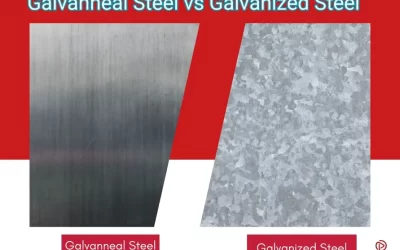
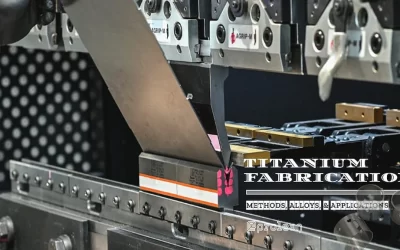
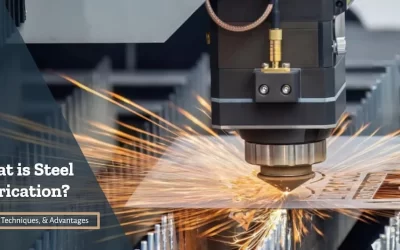
0 Comments